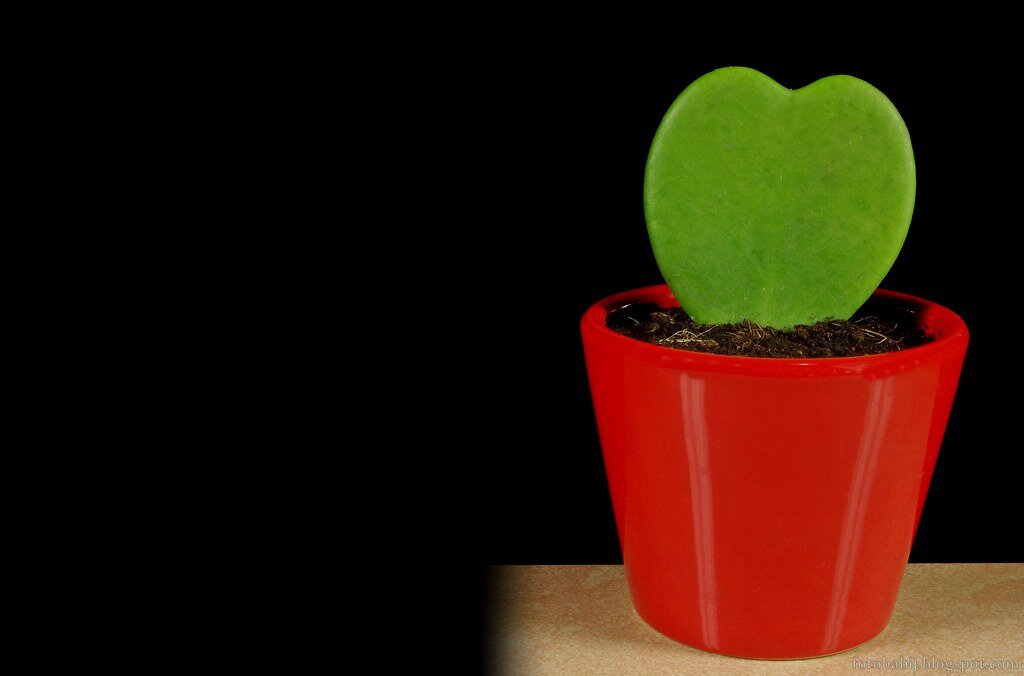Hoya Kerrii Care
Happy February, House Plant Hobbyists! Can you believe it’s almost Valentine’s Day already? If you’re anything like us, you’re hoping for a new plant (or two, or three) as a sweet V Day gift. Maybe you’re even planning to gift yourself some plants, which is an excellent idea!
One popular Valentine’s plant that you might see popping up in nurseries and stores at this time of year is the Hoya kerrii, also known as the “Sweetheart Hoya” or “Valentine Hoya” due to its adorably heart-shaped leaves. Hoyas are resilient, relatively low-maintenance plants which makes them an excellent gift for plant lovers at all skill levels.
You may find them potted and sold as single, upright leaves to emphasize their heart shape. Before you get too excited about a single Hoya leaf in a sweet little pot, however, we have a warning for you: You’re gambling when you purchase them, especially if you’re hoping to grow a full plant from the leaf.
Single leaves often turn out to be “zombie leaves” that will not produce any new growth. On the other hand, some lucky folks end up with leaves that, having a little portion of stem and a node attached, slowly grow into a whole new plant.
Now that we have that out of the way, let’s talk about Hoya kerrii care — we’re just going to give a quick rundown of the basics today, but you can find more in-depth Hoya care information here from our resident Hoya enthusiast!
This Hoya is, like most Hoyas, pretty relaxed. Keep it in well-draining soil mix, in bright indirect light, within normal household temperatures, and keep it out of the way of cold drafts or heat vents. Because it has thick, almost succulent-like leaves, it can withstand some neglect but you don’t want to let your Hoyas get too dehydrated. Water it thoroughly when the soil has dried out — how long that takes will depend on the environment in your home, type of pot, etc.
If you’re experimenting with a single leaf to see if it will produce new growth, you want to keep it in a snug pot — but make sure it’s a pot with drainage, which many novelty pots don’t have. You can fertilize your Hoyas regularly during the growing season and give them a break over winter. If you’re dealing with a single leaf, scale it back to a couple of times during the growing season.
Want more tips and tricks from fellow Hoya owners? Check out our global group of houseplant enthusiasts at House Plant Hobbyist on Facebook!




